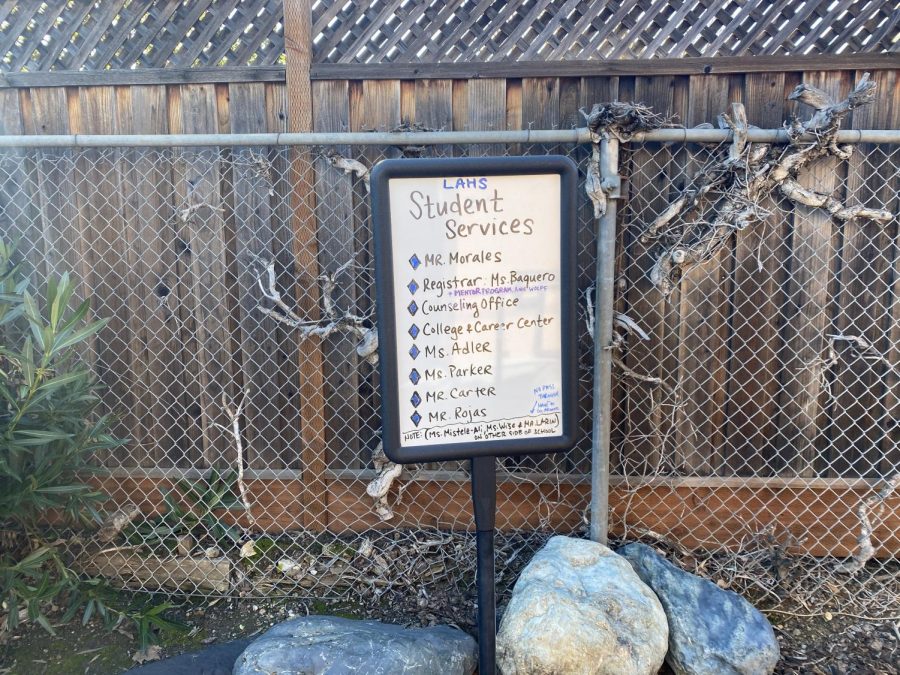Opinion: Affirmative action… and thus we affirm
The Supreme Court recently revisited the Affirmative Action case, Harvard v. Students for Fair Admissions this past fall.
I’m sure you’ve all seen it: a person of color sharing their high school accomplishments on social media, followed by all their college acceptances, only for the comment section to be filled with phrases such as ‘you only got in because of your race’ or ‘perfect example of affirmative action.’
On October 31, 2022, the Supreme Court heard the oral arguments for the Students for Fair Admissions vs Harvard case, but currently has not released their verdict. While affirmative action carries a negative connotation as a racist admissions system, it’s important to recognize that it is simply a way for colleges to consider race as one factor to know more about an applicant as a whole. Contrary to popular belief, affirmative action does not guarantee admission or rejection solely because of someone’s race.
People claim that the purpose of affirmative action is to dictate an arbitrary racial quota, implying that colleges were solely accepting students to further their brand as a business and not an educational institution. (public institutions are required to view race as part of their admission process, while private inst) During college admissions, race only serves to make the holistic review of the student more complete.
Los Altos High School students are not exempt from the negative impacts of race-blind admissions, especially because a large majority of LAHS students apply to public state universities. Due to this disadvantage, college counselors actively advise students to write about cultural or racial experiences in admission essays to highlight their unique background.
Affirmative action just allows admission officers to see a better picture of the applicant — race is only a factor, a component to understanding the applicant better, not the deciding factor.
Unfortunately, the misconceptions surrounding affirmative action have allowed people like Edward Blum, the director and founder of the SFFA, to exploit the ignorant intentions of minority students, or students of color, who believe they are fighting for a just cause.
While discussing Students for Fair Admissions v. Harvard, he stated that he “needed Asian plaintiffs,” exploiting the frustration of Asian-American applicants who believe they are discriminated against due to affirmative action. They think that affirmative action is the root cause of the rising standard for Asian American university applicants, making it harder for them to secure a spot in the nation’s top universities. They believe that instead, their spots are being unfairly taken by other minority groups who haven’t worked as hard as they did. Through Blum’s manipulation of students, he perpetuates a racist cycle of pitting minority groups against each other.
If the Students for Fair Admissions v. Harvard Supreme Court case rules in the favor of SFFA during its resurfacing, it is very likely that diversity rates will drop rapidly, following the example set by public California schools. In the University of California, Berkeley, the acceptance rate for applicants of minority groups and enrolled Black students plummeted by half after affirmative action was outlawed in California public schools.
The ban on affirmative action will not only affect college admissions, it may also have negative effects on the job market as well. Since government programs seek to close the racial wealth gap, job hires which consider race may be jeopardized with the anti-race conscious admissions precedent set in the Supreme Court.
Affirmative action is a prime example of needing to dig deeper into policies and legislatures — to not be blinded by misinformation and to really know the people supporting it. That way, the truth will become clear: affirmative action is not a racist agenda of rejecting people of a particular race to fulfill quotas, but is rather a way to know more about an applicant’s background and history.






